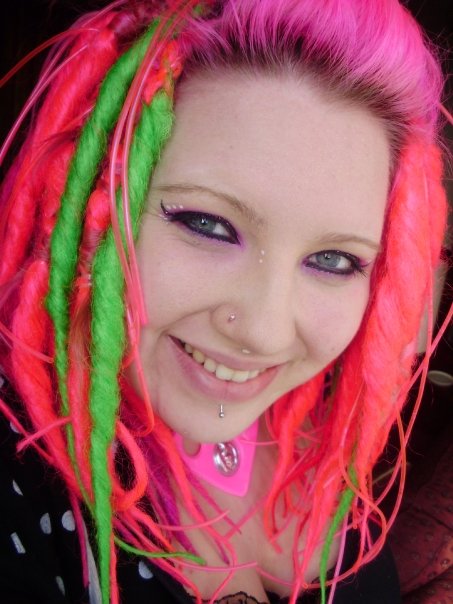I felt as though the photographs that i took of my work where quite interesting as you say the environment is quite different and if i could i would quite like to have exhibited my work in my garage as it was the place of contemplation, decision making and creation but the problems would arise as it is a private property and not many people would know where it is and it would have to be at night for the garage to be dark enough so i could use my UV light. As it turns out i am not going to be using it even though i wanted to but it didn't flow with the rest of the open plan of the gallery space and it would have looked out of place. As for having it in a club i think it could possibly work but there are certain dangers of people using the artwork and smashing the glasses which would be in a way quite interesting to see them destroy the work as it would show both the lack of respect and care for the work and also them helping me destroy the past and to look to the future. Using UV lighting does create a whole new atmosphere therefor completely transforming the atmosphere in which the viewer see's the work.
I took a look at the website you suggested and i liked what i saw. Although i must admit i have searched on various websites and i have not yet come up with pieces which are similar to my own. So i feel that i have combined what i have found from other artists and created something quite new. Although unfortunately due to the curating decisions I'm not able to use my UV light but i think that if i was to show this work again i would have it in that environment.
I took a look at the website you suggested and i liked what i saw. Although i must admit i have searched on various websites and i have not yet come up with pieces which are similar to my own. So i feel that i have combined what i have found from other artists and created something quite new. Although unfortunately due to the curating decisions I'm not able to use my UV light but i think that if i was to show this work again i would have it in that environment.












These images look as if the environment itself is part of them. The wellingtons peeking out from behind an image or the bike etc even the garage walls all combine to develop an atmosphere that could be used. Another issue is scale. Looking at http://www.faeriefactory.com/art.html it’s interesting to think about the whole UV black lighting issue and how it can be seen as an environmental extension. Perhaps the audiences issue could be extended into whether or not your work would be suitable for the club scene.